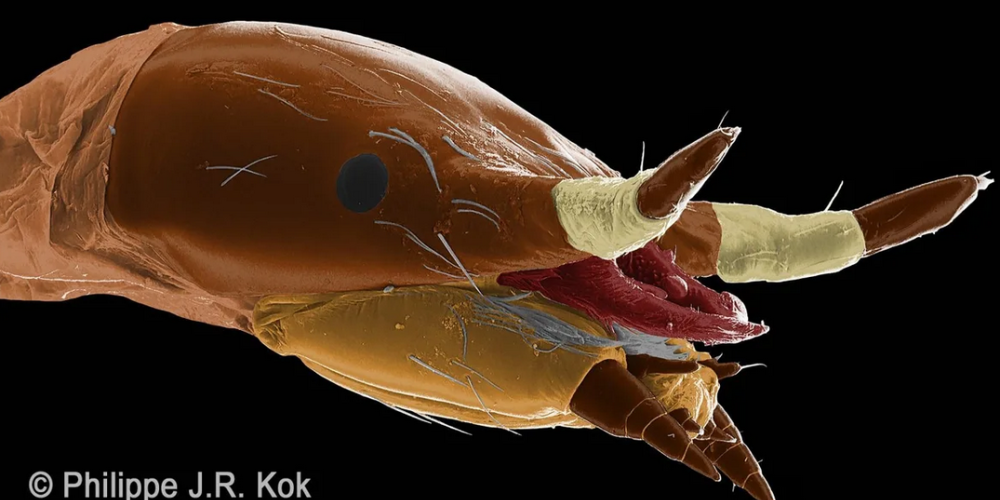
Fireflies are invariably on the menu for toads, but on the South American table mountains, that world order seems to be reversed. A team of scientists led by Philippe JR Kok (VUB, Royal Belgian Institute of Natural Sciences) has reported a rare inversion in the prey-predator ratio: the larva of a hitherto unknown firefly living on top of the Roraima tepee is targeting the small toads that normally hunt adult fireflies. And remarkably, the larva has also stopped glowing, making it easier to approach its prey. This has never been seen before in the firefly family. The results of the research were published in the journal ‘Current Biology’.
Firefly larvae normally hunt snails and other invertebrates. They themselves are indigestible and glow to deter potential predators. But if you are to become a hunter yourself, it is better not to be seen. The victim here is the toad Oreophrynella quelchii, which can only be found on the top of two neighbouring tepuis. These little toads feed on the adult fireflies, which were unknown until now and do not yet have a name.
Tepuis are Precambrian table-top mountains made of sandstone, about 3,000m high, in the north of South America. Their highest peaks are isolated from the surrounding plateaus, savannah and tropical rainforest by steep cliffs. Philippe Kok specialises in the evolution of vertebrates in these remote areas and spent almost 300 days on tepuis. The mountains inspired Sir Arthur Conan Doyle for his novel The Lost World.